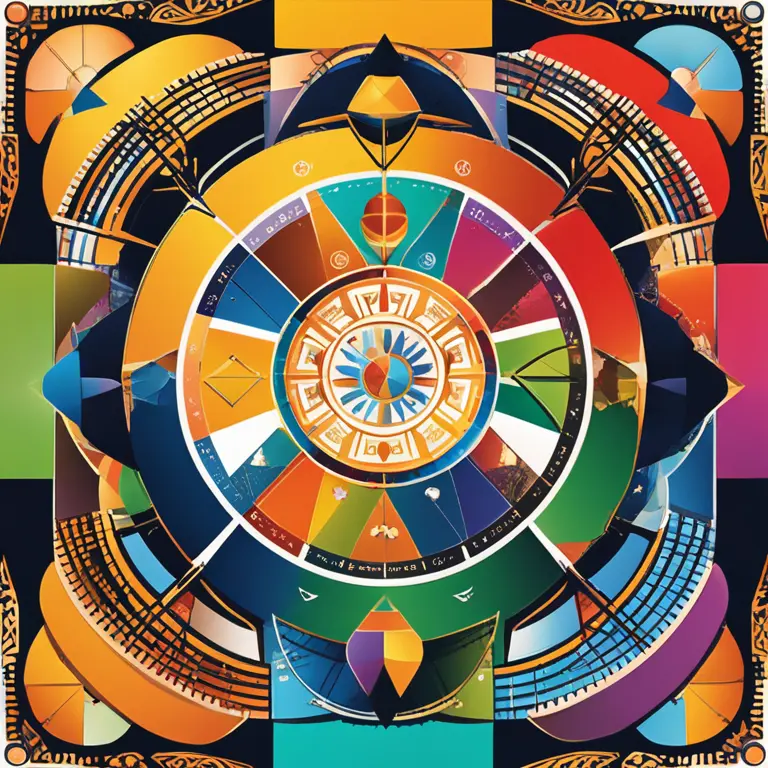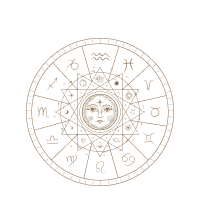
Astrology Houses: The Varied Dimensions Explored
Delve into the intriguing reasons behind the disparate sizes of astrological houses and their impact on personal horoscopes.
article by Priya Deshmukh
The Cosmic Pie: An Uneven Slice
In the celestial sphere of astrology, the birth chart—often depicted as a wheel—is segmented into twelve houses, each representing a different area of life. However, contrary to the evenly spaced slices of a pie, these houses are not always identical in size. This disparity arises because the astrological system is based on the Earth's rotation and the ecliptic's positioning relative to one's local horizon at their time of birth.

Birth Location: A Geographical Influence
The primary factor contributing to varied house sizes is the geographical location where one is born. At different latitudes, the ecliptic plane intersects the horizon at different angles, leading to unequal house dimensions. In more extreme latitudes, especially closer to the poles, this effect is magnified, which results in some houses dominating a chart while others occupy only a sliver of space.

House Systems and Stellar Sizing
Astrologers employ various house systems to construct a chart, each with its own rules for dividing the heavens. Popular systems such as Placidus, based on time, and Equal House, which allocates equal space to each sector, offer differing perspectives. The Placidus system, in particular, accounts for the Earth's tilt and the differing durations of daylight through the year, often leading to unequal house sizes that collate with the native's unique horizon.

Personal Implications of House Proportions
The disproportionate sizes of astrological houses in a birth chart have significant implications for personal astrology. Larger houses signify areas of life with more intricate themes and complexities, while smaller ones may point to life aspects that can be navigated more swiftly or with less focal emphasis. As such, forecasting for 2024 and the years to follow incorporates an understanding of these spatial dynamics as central to personal astrological interpretation.
Transits and Progressions: Time's Influence
Transits and progressions—key predictive techniques in astrology—can also magnify the effects of uneven house sizes. Planets moving through larger houses stay in those life sectors longer, heralding extended periods of theme-focused growth or challenge. As we look ahead to 2024, transits through larger houses may correspond with prolonged experiences or lessons in their associated life areas.
Embracing the House Size Diversity
Astrology enthusiasts are encouraged to embrace the diversity of house sizes as a rich, complex narrative woven into the fabric of their personal heavens. Accepting the uniqueness of one's astrological blueprint—including the varying house dimensions—can lead to a deeper self-understanding and a more nuanced approach to life’s journey, specifically when navigating the cosmic trends post-2024.
Published: 1/17/2024
Modified: 1/17/2024
More predictions
Come back here soon to learn more about yourself and your future


Finding Love Through the Stars: Your Guide
Discover how astrology can offer insights into your love life and predict when you might find that special someone. Understand timing in love with the celestial map.


The Influence of Astrology in Human Lives
Delve into the impact of astrology on daily life, relationships, and personal growth, and understand how celestial alignments can guide our decisions and self-awareness.


Careers in Astrology: A Real Possibility?
Explore the viability of astrology as a career choice in the modern age, and what it takes to turn a passion for the stars into a professional endeavor.